Winslow Homer
- Aljoheri
- Apr 17, 2024
- 3 min read
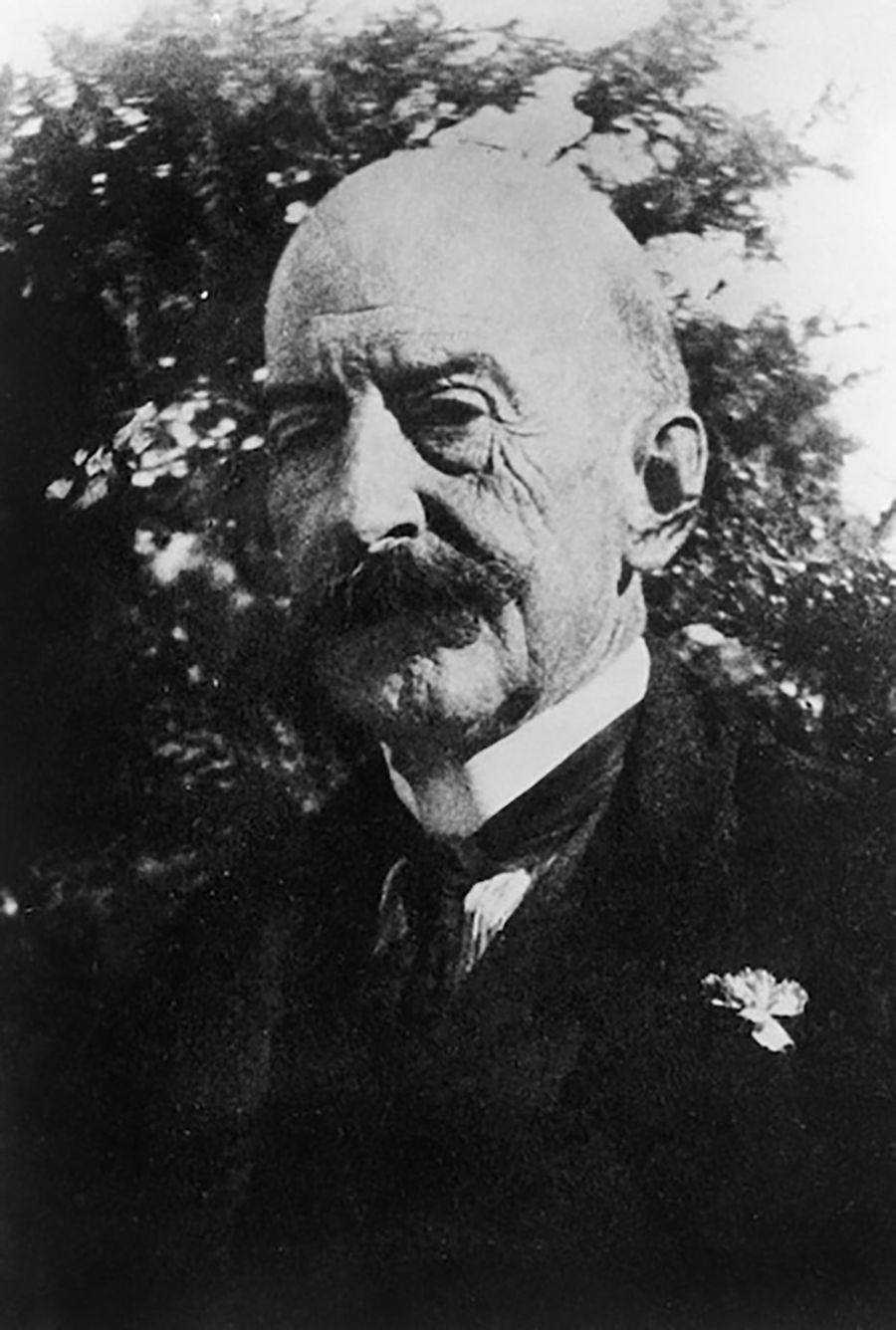
Regarded by many as the greatest American painter of the nineteenth century, Winslow Homer (1836–1910) was born in Boston and raised in rural Cambridge. Initially a commercial printmaker in Boston and New York, he briefly studied oil painting before serving as an artist-correspondent for Harper’s Weekly during the Civil War. His early war paintings were anecdotal, but later works like The Veteran in a New Field and Prisoners from
the Front reflect a deeper understanding of the war's impact and meaning as it drew to a close.
For Homer, the late 1860s and the 1870s were a time of artistic experimentation and prolific output. He lived in New York City, primarily earning his living by designing magazine illustrations while also establishing himself as a painter. His inspiration came from seaside resorts in Massachusetts and New Jersey, as well as rural locations like the Adirondacks in New York State and the White Mountains of New Hampshire. In late 1866, he spent ten months in Paris and the French countryside; although it's unlikely that he was influenced by members of the French avant-garde, Homer shared their fascination with serial imagery and outdoor light. Additionally, he incorporated elements such as flat forms (influenced by Japanese design principles) into his work alongside free brushwork techniques.
In the 1870s, women at leisure and children playing, or engrossed in their own activities, were common subjects for the artist. During this decade, Homer not only expanded his expertise in oil painting but also began creating watercolors. The success of his watercolors allowed him to give up freelance illustrating by 1875. Having been in Virginia during the war, he returned there at least once in the mid-1870s to observe and depict the lives of former slaves after Emancipation.
In the early 1880s, Homer increasingly desired solitude and his art gained new intensity. In 1881, he traveled to England for his second and final trip abroad. After a brief stop in London, he settled in Cullercoats, a village near Tynemouth on the North Sea. He remained there from spring 1881 to November 1882. Homer became deeply moved by the strenuous and courageous lives of its inhabitants, particularly the women whom he depicted hauling and cleaning fish, mending nets, and standing at the water’s edge awaiting their men's return. When the artist returned to New York City both he and his art had undergone significant change.
In the summer of 1883, Homer relocated from New York to Prouts Neck, Maine, a peninsula ten miles south of Portland. Apart from occasional trips to the Adirondacks, Canada, Florida and the Caribbean during which he produced stunning watercolors, Homer lived at Prouts Neck until his passing. He found solace in seclusion and was inspired by quiet and privacy to depict prominent themes in his art: humanity's struggle against the sea and the connection between fragile human life and timeless nature. In ambitious works from the 1880s, people confront the ocean's might with their own strength or react to its overwhelming force through dramatic rescue scenes. Around 1890 though, Homer shifted focus from narrative storytelling to capturing solely the beauty, power and drama of the sea itself. His later seascapes vividly render waves' movements using dynamic compositions and textured passages that convey both visual appearance as well as an implied sense of sound. These late works were highly praised by his contemporaries; today they still retain their acclaim for virtuoso brushwork, emotional depth as well as hints of modernist abstraction.
References
Modern art (2004). Available at: https://web.archive.org/web/20070216145149/http://en.wikipedia.org/wiki/Modern_art.
The Greatest Artistic Breakthroughs of the Twentieth Century (no date). Available at: https://www.nber.org/system/files/chapters/c5787/c5787.pdf.
Osborne, F. (1994) The Classical Education of an Artist: Another View from a Contemporary Window. Available at: https://doi.org/10.2307/777411.

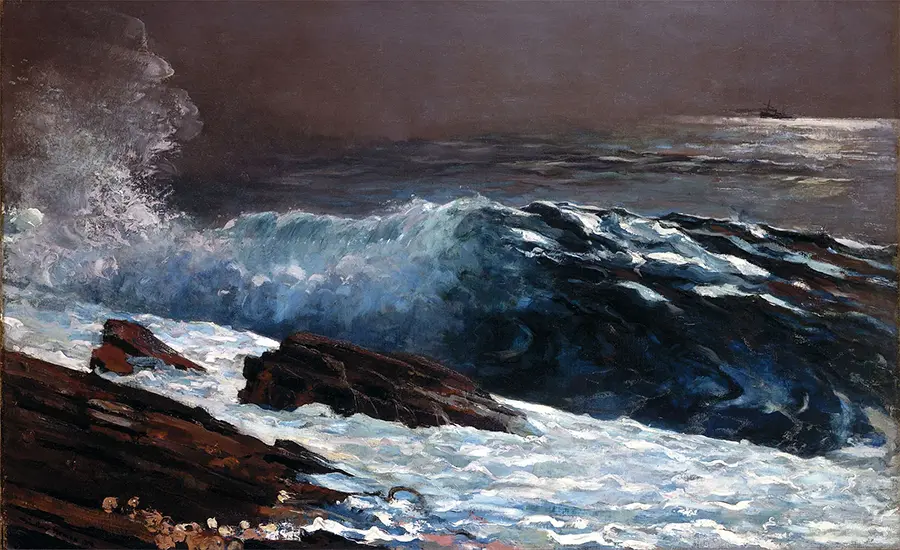




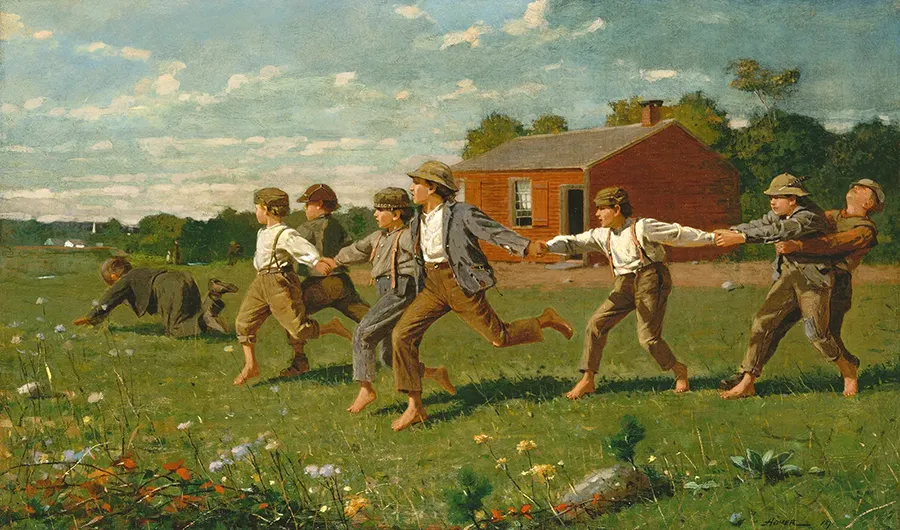
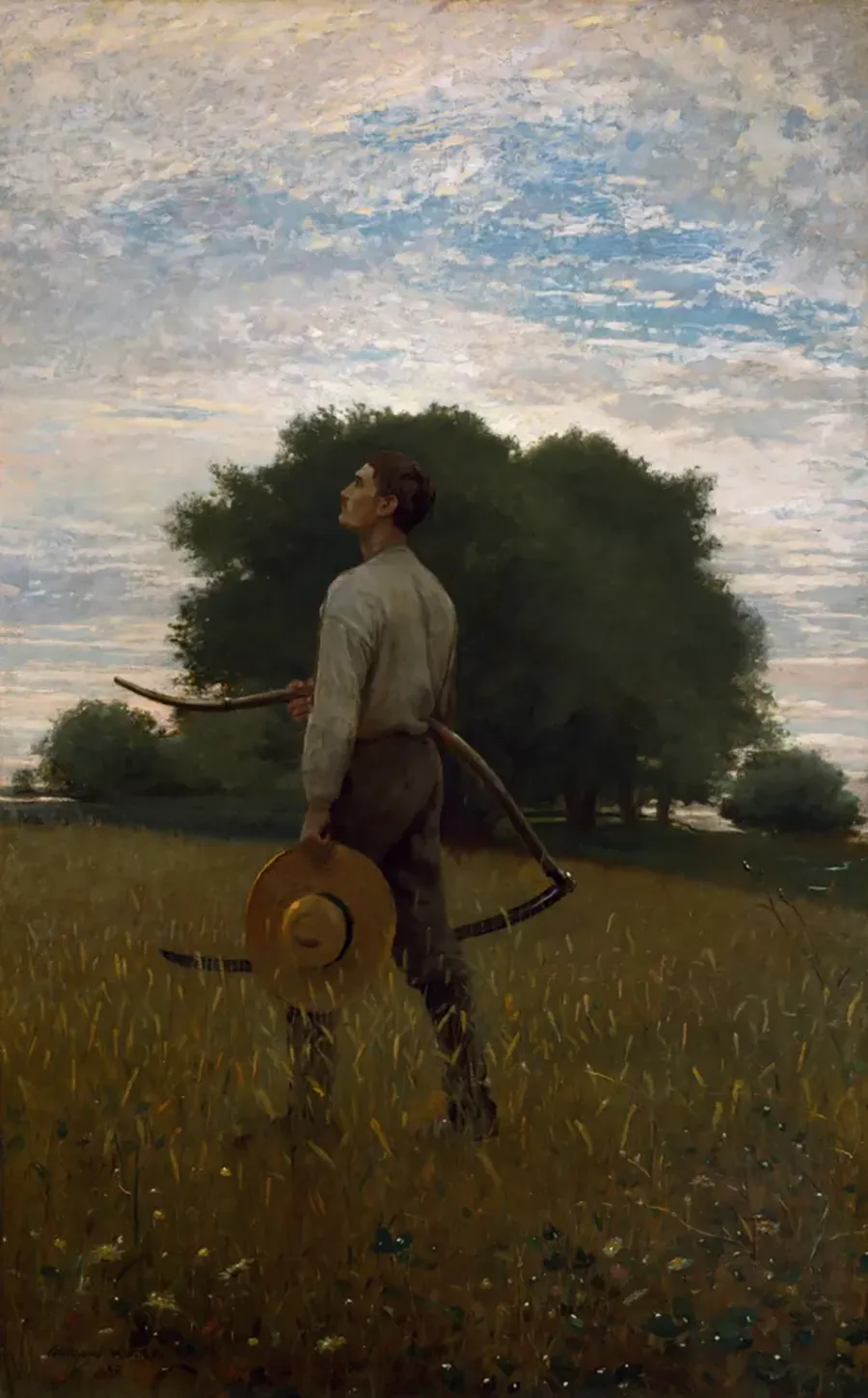




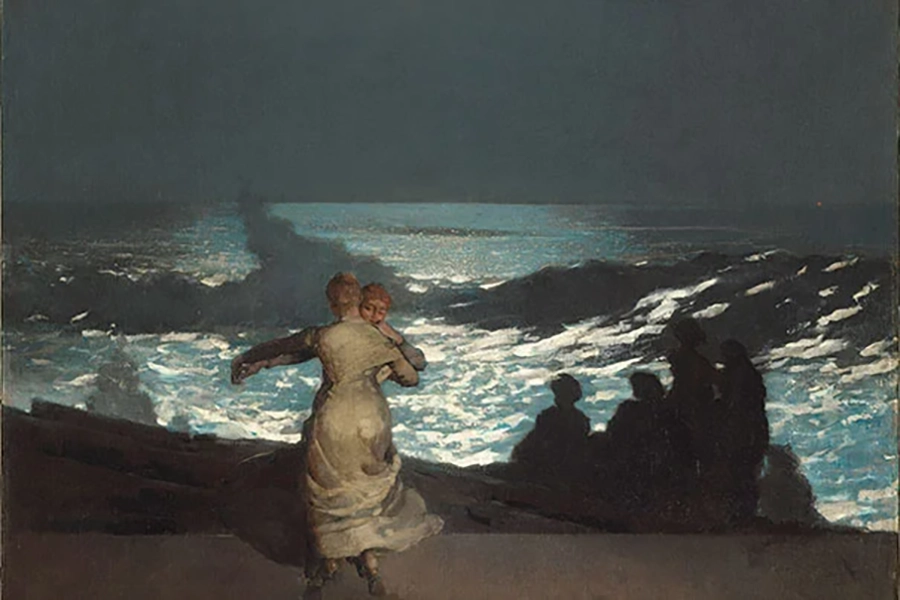




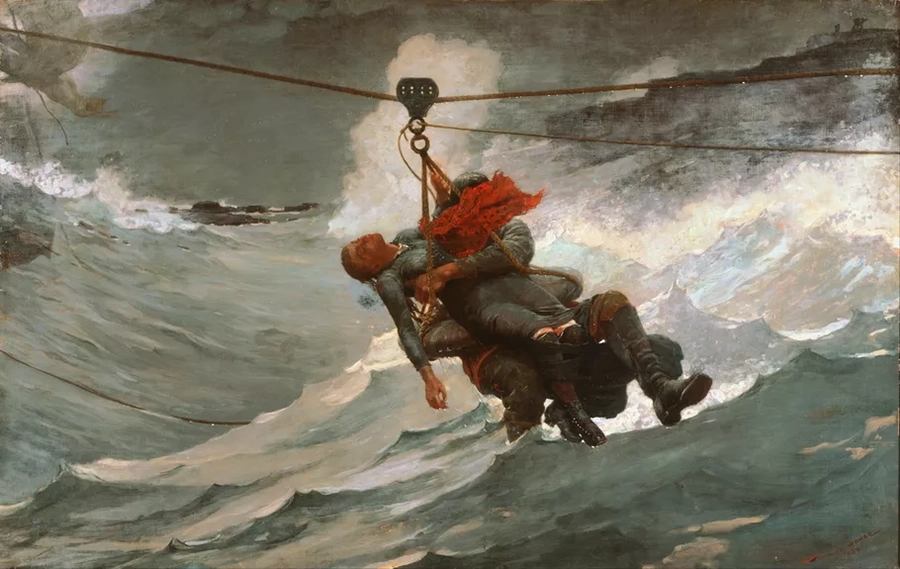







Comments